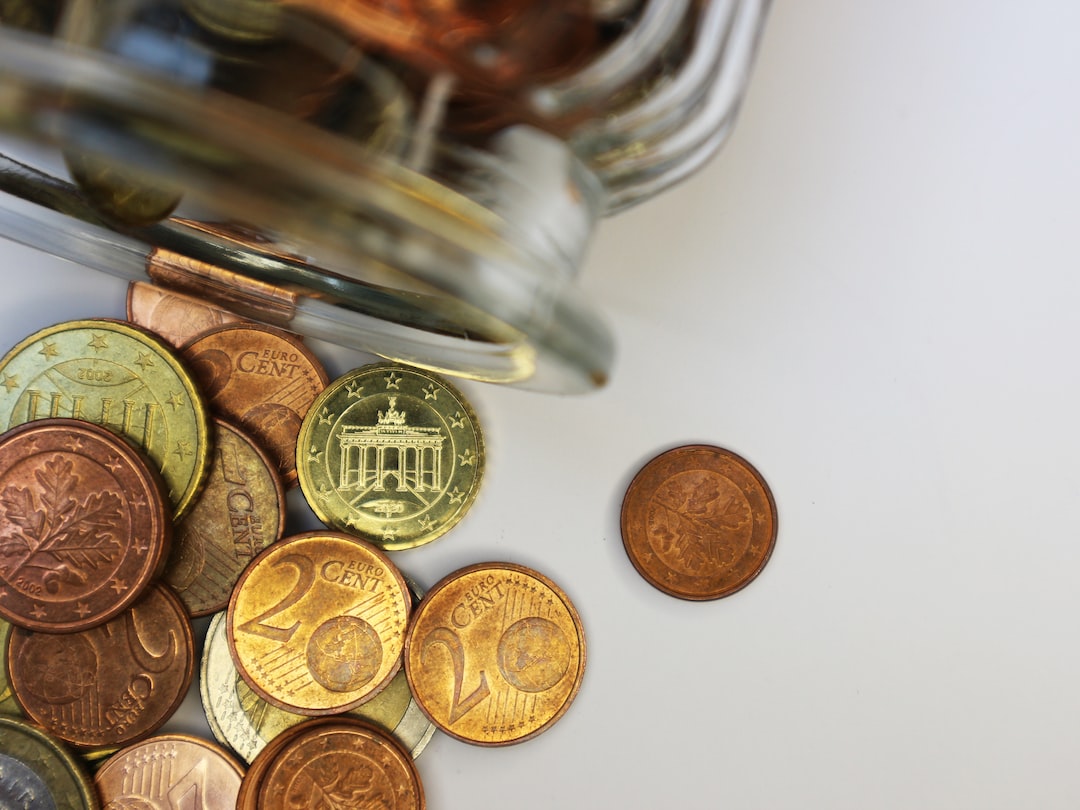When it comes to trading forex, there are many different technical indicators that traders use to help them identify potential trading opportunities. One of the most popular indicators is the exponential moving average (EMA), which is a type of moving average that gives more weight to recent price data than older price data. But which EMA should you use for forex trading? In this article, we will explore the different types of EMAs and how to choose the right one for your trading strategy.
Types of EMAs
There are several different types of EMAs that traders can use, including the simple moving average (SMA), the weighted moving average (WMA), and the exponential moving average (EMA). The SMA is the most basic type of moving average, which simply calculates the average price over a certain number of periods. The WMA is similar to the SMA, but it gives more weight to recent price data than older price data. The EMA is the most popular type of moving average for forex traders, as it gives the most weight to recent price data.
Choosing the right EMA
When choosing the right EMA for your trading strategy, there are several factors to consider. The first factor is the time frame you are trading on. If you are trading on a shorter time frame, such as the 5-minute chart, you may want to use a faster EMA, such as the 5-period EMA. If you are trading on a longer time frame, such as the daily chart, you may want to use a slower EMA, such as the 50-period EMA.
Another factor to consider is the market conditions. If the market is trending strongly, you may want to use a faster EMA to capture the trend. If the market is ranging, you may want to use a slower EMA to filter out the noise.
Finally, you should also consider your trading style and risk tolerance. If you are a scalper, you may want to use a faster EMA to capture quick profits. If you are a swing trader, you may want to use a slower EMA to hold positions for longer periods of time.
Examples of EMAs
To illustrate the different types of EMAs and how they can be used in forex trading, let’s look at some examples. In the chart below, we have plotted three different EMAs on the EUR/USD daily chart: the 20-period EMA (blue line), the 50-period EMA (red line), and the 200-period EMA (green line).
EUR/USD Daily Chart with EMAs
Source: TradingView
As you can see, the 20-period EMA (blue line) is the fastest EMA and reacts quickly to price changes. The 50-period EMA (red line) is a medium-term EMA and can help identify trends. The 200-period EMA (green line) is the slowest EMA and can be used to identify major trends and support and resistance levels.
In the chart below, we have plotted the same three EMAs on the GBP/USD 5-minute chart. As you can see, the 20-period EMA (blue line) is still the fastest EMA, but it reacts much more quickly to price changes on the shorter time frame. The 50-period EMA (red line) is still a medium-term EMA, but it is faster on the 5-minute chart than on the daily chart. The 200-period EMA (green line) is still the slowest EMA, but it is much less useful on the 5-minute chart than on the daily chart.
GBP/USD 5-Minute Chart with EMAs
Source: TradingView
Conclusion
In conclusion, the EMA is a versatile technical indicator that can be used in a variety of trading strategies. When choosing the right EMA for your trading strategy, you should consider the time frame you are trading on, the market conditions, and your trading style and risk tolerance. By using the right EMA, you can improve your chances of success in the forex market.






